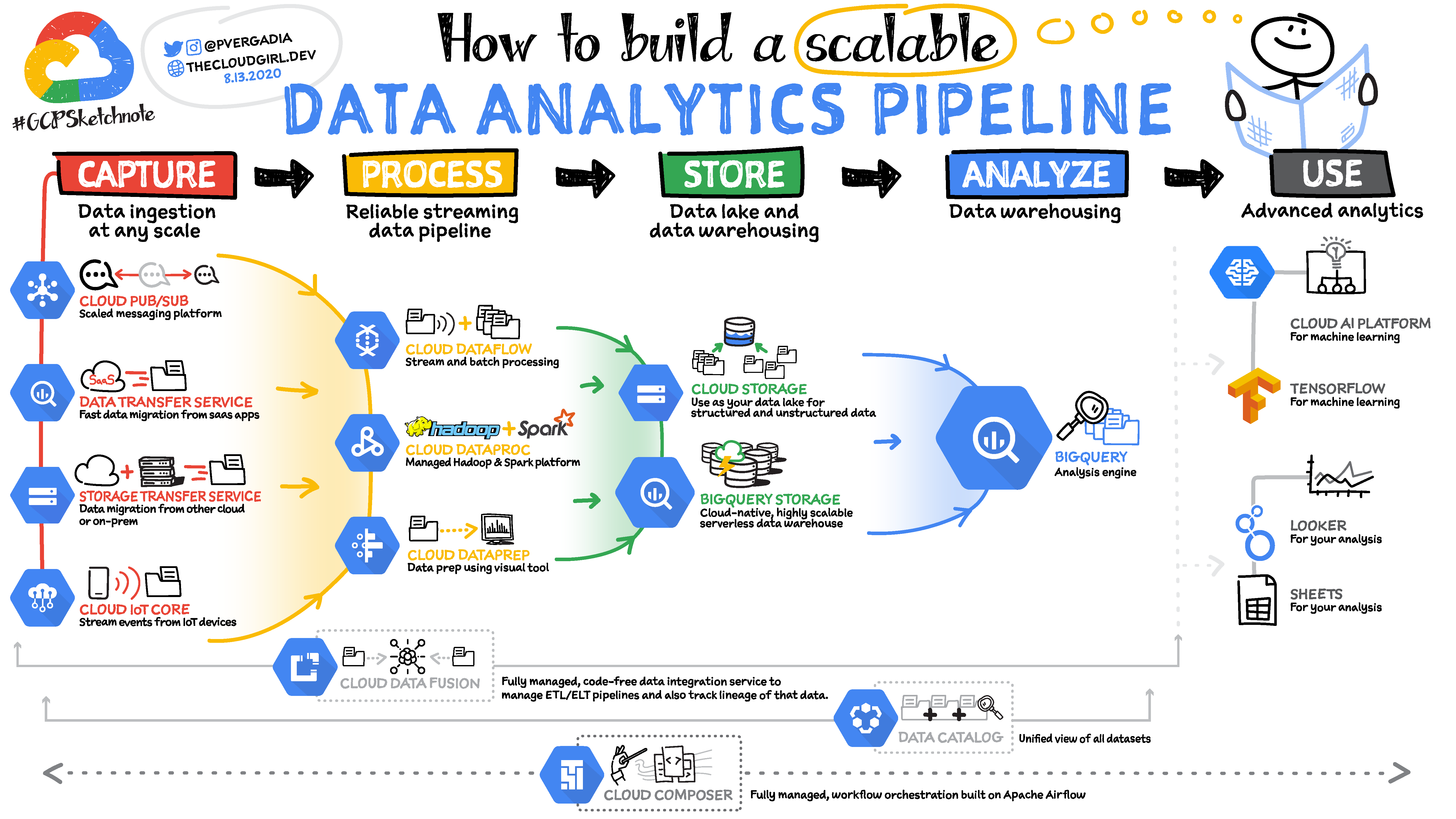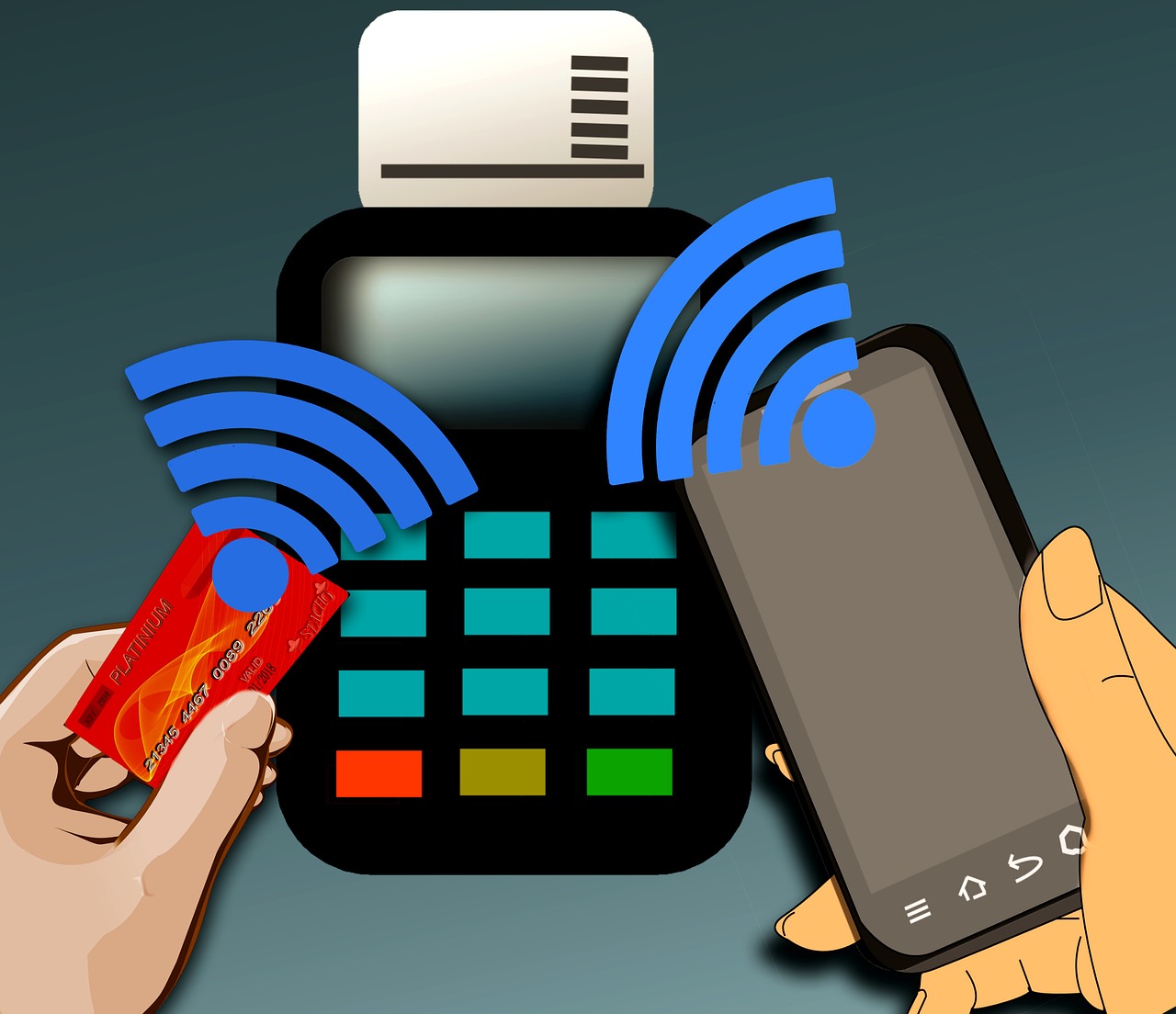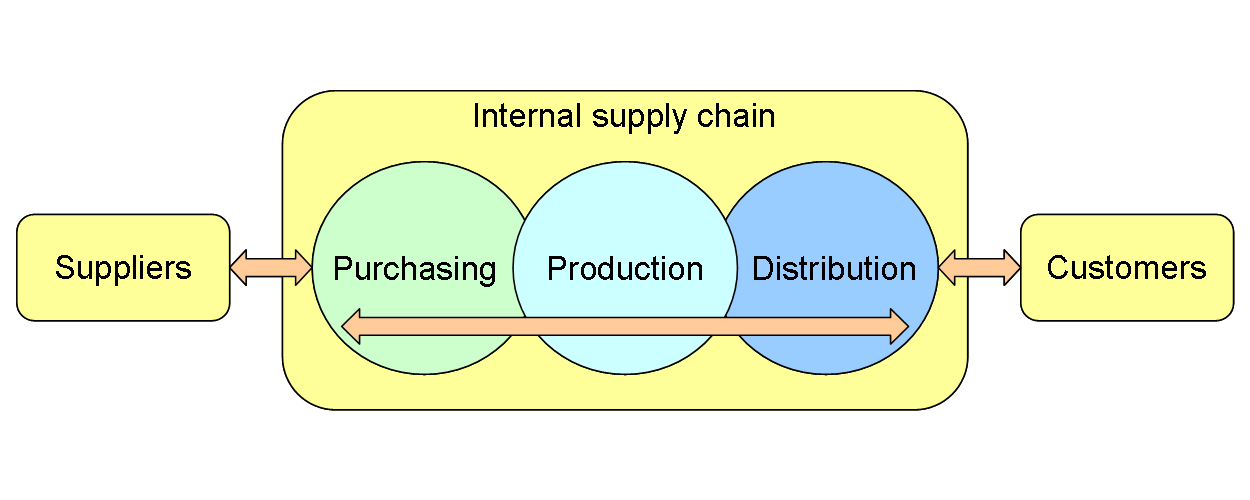Exploring Retail Industry Trends
The retail industry is constantly evolving, and businesses need to stay up-to-date on the latest trends to remain competitive. In this article, we will explore some of the most important retail industry trends to watch in 2023 and beyond.
Also Check: Key E-commerce Trends
Importance of Staying Updated with Retail Industry Trends
The retail industry is a fast-paced and ever-changing landscape. New technologies, consumer preferences, and market dynamics are constantly emerging, and businesses need to be able to adapt quickly to stay ahead of the curve.
By staying updated on the latest retail industry trends, businesses can gain a competitive advantage and ensure that they are meeting the needs of their customers. They can also identify new opportunities for growth and expansion.
How Trends Impact Consumer Behavior and Preferences
Consumer behavior and preferences are constantly evolving, and retail trends play a significant role in shaping these changes. For example, the rise of e-commerce has led to a shift in consumer expectations, with many customers now preferring to shop online rather than in brick-and-mortar stores.
Other key trends that are impacting consumer behavior include the increasing popularity of sustainable products, the growth of mobile commerce, and the rising demand for personalized shopping experiences. By understanding these trends, businesses can better cater to the needs of their customers and drive sales growth.
Understanding the Current Retail Landscape
The retail industry is a diverse and complex sector, and there are several different trends that are shaping the landscape. Some of the most important trends to watch include:
- The rise of e-commerce: E-commerce is growing rapidly, and it is now the preferred shopping channel for many consumers. In 2022, e-commerce sales are expected to reach $4.9 trillion worldwide.
- The growth of omnichannel retail: Omnichannel retail refers to the integration of online and offline channels to create a seamless shopping experience for customers. This trend is gaining traction as consumers increasingly expect to be able to shop however they want, whenever they want.
- The increasing importance of data analytics: Data analytics is becoming increasingly important for retailers as they look to gain insights into customer behavior and preferences. By using data analytics, retailers can better target their marketing campaigns and improve the customer experience.

- The focus on sustainability: Sustainability is becoming increasingly important to consumers, and retailers are responding by offering more sustainable products and services. This trend is expected to continue in the years to come.
Technological Advancements in Retail
Technology is playing a major role in shaping the future of retail. Some of the most important technological advancements to watch include:
- The rise of artificial intelligence (AI): AI is being used by retailers in a variety of ways, such as for customer service, inventory management, and fraud prevention.

- The growth of augmented reality (AR) and virtual reality (VR): AR and VR are being used by retailers to create immersive shopping experiences for customers. For example, AR can be used to allow customers to try on clothes virtually, while VR can be used to create virtual shopping malls.
- The development of smart retail devices: Smart retail devices, such as smart shelves and smart mirrors, are being used by retailers to collect data about customer behavior and preferences. This data can then be used to improve the customer experience and drive sales growth.
E-commerce and the Digital Transformation
E-commerce is one of the most important trends in the retail industry, and it is expected to continue to grow in the years to come. The rise of e-commerce has led to several changes in the retail landscape, including the decline of traditional brick-and-mortar stores and the increasing importance of online marketing.

To compete in the digital age, retailers need to have a strong online presence. This includes having a well-designed website that is easy to use and navigate, as well as an effective online marketing strategy.
Personalization and Customer Experience
Personalization is another key trend in the retail industry. Customers are increasingly demanding personalized shopping experiences, and retailers that can deliver on this demand will be well-positioned for success.
There are several ways to personalize the shopping experience, such as using data analytics to target customers with relevant products and offers, or using CRM software to track customer preferences and interactions. By personalizing the shopping experience, retailers can build stronger relationships with customers and drive sales growth.
Sustainable Practices in Retail
Sustainability is becoming increasingly important to consumers, and retailers are responding by offering more sustainable products and services. This trend is expected to continue in the years to come, as consumers become more aware of the environmental impact of their purchasing decisions.
There are several ways for retailers to adopt sustainable practices, such as:
- Using sustainable packaging: Retailers can use sustainable packaging materials, such as recycled paper or plastic. They can also make their packaging recyclable or compostable.
- Offering sustainable products: Retailers can offer products that are made from sustainable materials, such as organic cotton or bamboo. They can also offer products that are produced sustainably, such as fair trade coffee or organic produce.
- Reducing waste: Retailers can reduce waste by minimizing packaging, donating unsold food, and recycling or composting waste materials.
- Promoting sustainable practices: Retailers can promote sustainable practices by educating their customers about the environmental impact of their purchasing decisions. They can also offer incentives for customers who choose sustainable products or services.
The Evolution of Payment Systems
The way we pay for goods and services is constantly evolving. In the past, we used cash and checks to pay for our purchases. However, in recent years, there has been a shift towards electronic payment methods, such as credit cards, debit cards, and mobile payments.

The evolution of payment systems is being driven by several factors, including the increasing popularity of online shopping, the growing use of mobile devices, and the need for more secure payment methods.
Some of the most important trends in the evolution of payment systems include:
- The growth of contactless payments: Contactless payments are becoming increasingly popular, as they are more convenient and secure than traditional methods.
- The rise of mobile payments: Mobile payments are becoming increasingly popular, as they allow customers to pay for their purchases with their smartphones.
- The adoption of cryptocurrencies: Cryptocurrencies are digital currencies that are secured by cryptography. They are gaining popularity as a payment method, as they offer a more secure and anonymous way to pay for goods and services.
Inventory Management and Supply Chain Optimization
Inventory management and supply chain optimization are essential for retailers to ensure that they have the right products in the right place at the right time. This is especially important in the era of e-commerce, where customers expect to receive their orders quickly and efficiently.

There are several ways for retailers to optimize their inventory management and supply chain, such as:
- Using data analytics to track inventory levels and demand patterns.
- Using forecasting tools to predict future demand.
- Working with suppliers to ensure that products are delivered on time and in the right quantities.
- Using automation to streamline inventory management processes.
Pop-up Stores and Experiential Retail
Pop-up stores are temporary retail stores that are typically open for a short period. They are a popular way for retailers to test new products, reach new customers, and generate excitement.
Experiential retail is a type of retail that focuses on creating an immersive and memorable shopping experience for customers. This can be done through the use of interactive displays, virtual reality, or other technology.
Pop-up stores and experiential retail are both becoming increasingly popular, as they offer retailers a way to connect with customers in new and innovative ways.
Retail Data Security and Privacy
As retailers collect more and more data about their customers, the need for data security and privacy has become increasingly important. Retailers need to take steps to protect customer data from unauthorized access, use, or disclosure.
There are several things that retailers can do to protect customer data, such as:
- Using strong passwords and encryption techniques to protect data.
- Educating employees about data security best practices.
- Implementing data security policies and procedures.
- Conducting regular security audits.
Influencer Marketing in the Retail Industry
Influencer marketing is a type of marketing that uses social media influencers to promote products or services. Influencers are people who have a large following on social media, and they can be used to reach a large audience with targeted marketing messages.
Influencer marketing is becoming increasingly popular in the retail industry, as it offers a way to reach a large audience with relevant marketing messages. However, it is important to choose influencers who are a good fit for the brand and who have a genuine connection with their audience.
Some of the benefits of influencer marketing include:
- Increased brand awareness: Influencer marketing can help to increase brand awareness among a target audience.
- Increased sales: Influencer marketing can help to increase sales by driving traffic to the brand’s website or store.
- Improved customer engagement: Influencer marketing can help to improve customer engagement by creating a more personal connection between the brand and its customers.
Augmented Reality in Retail
Augmented reality (AR) is a technology that superimposes a computer-generated image on a user’s view of the real world, thus providing a composite view. AR is becoming increasingly popular in the retail industry, as it offers a way to create immersive and interactive shopping experiences for customers.
There are several ways that AR can be used in retail, such as:
- Product visualization: AR can be used to allow customers to visualize products in their environment before they buy them.
- Virtual try-on: AR can be used to allow customers to try on clothes or makeup virtually before they buy them.
- Product information: AR can be used to provide customers with additional product information, such as product reviews or nutritional information.
- Brand engagement: AR can be used to create interactive brand experiences that engage customers and promote brand awareness.
Voice Commerce and Virtual Assistants
Voice commerce is a type of e-commerce that allows customers to make purchases using voice commands. Virtual assistants, such as Amazon Alexa and Google Assistant, are becoming increasingly popular, and they are being used by retailers to enable voice commerce.
Voice commerce offers several benefits for retailers, such as:
- Convenience: Voice commerce is a convenient way for customers to make purchases, as they do not have to type anything.
- Increased sales: Voice commerce can help to increase sales by making it easier for customers to find and purchase products.
- Improved customer experience: Voice commerce can improve the customer experience by providing a more natural and intuitive way to shop.
Social Commerce and User-Generated Content
Social commerce is a type of e-commerce that takes place on social media platforms. User-generated content (UGC) is content that is created by users of social media platforms.
Social commerce and UGC are becoming increasingly popular, as they offer a way for retailers to connect with customers in a more personal and engaging way.
Some of the benefits of social commerce and UGC include:
- Increased brand awareness: Social commerce and UGC can help to increase brand awareness by exposing the brand to a wider audience.
- Increased sales: Social commerce and UGC can help to increase sales by driving traffic to the brand’s website or store.
- Improved customer engagement: Social commerce and UGC can help to improve customer engagement by creating a more personal and engaging connection between the brand and its customers.
Conclusion
The retail industry is constantly evolving, and businesses need to stay up-to-date on the latest trends to remain competitive. The trends discussed in this article are just a few of the many that are shaping the future of retail. By understanding these trends, businesses can gain a competitive advantage and ensure that they are meeting the needs of their customers.
I hope you found this article helpful. If you have any questions, please feel free to ask.

